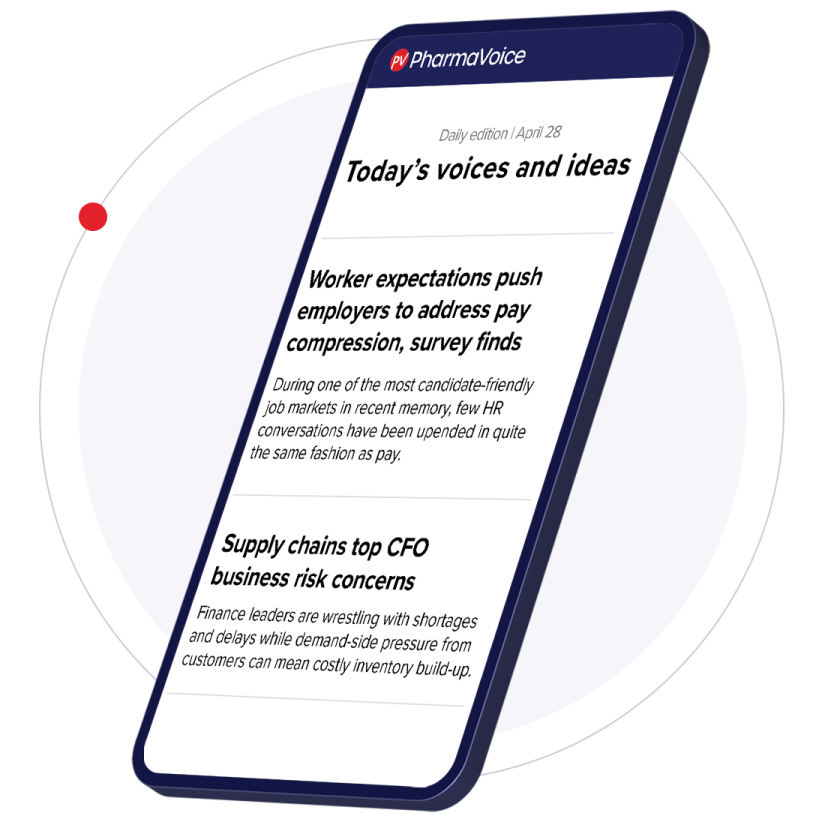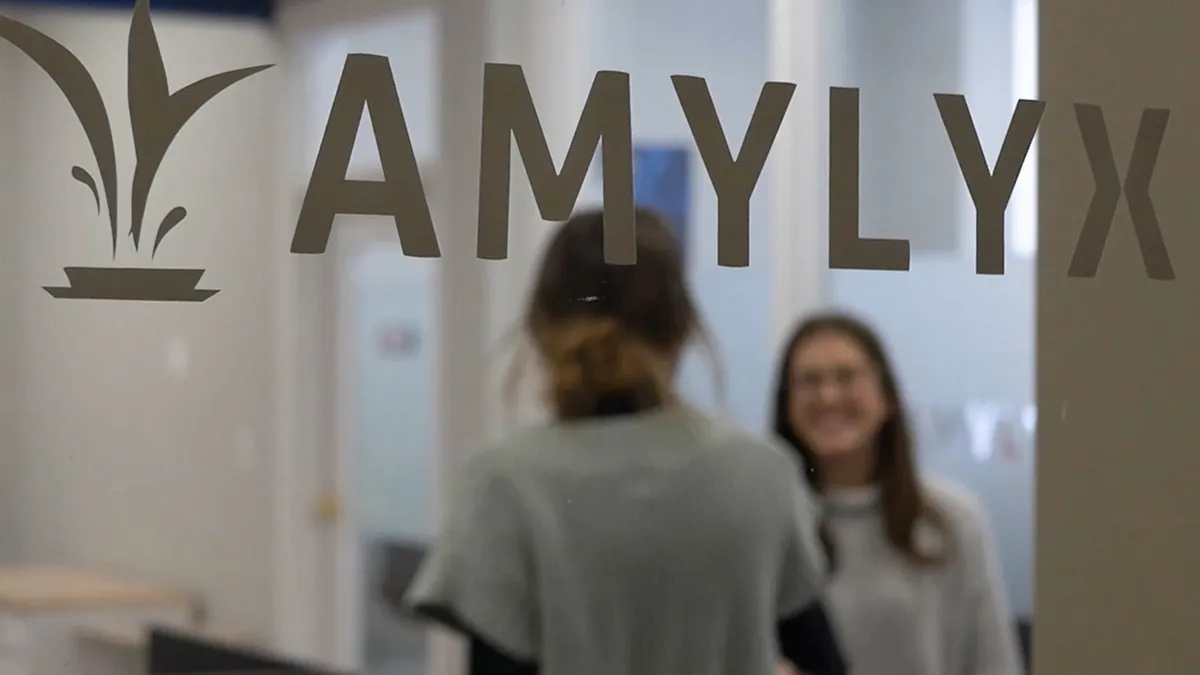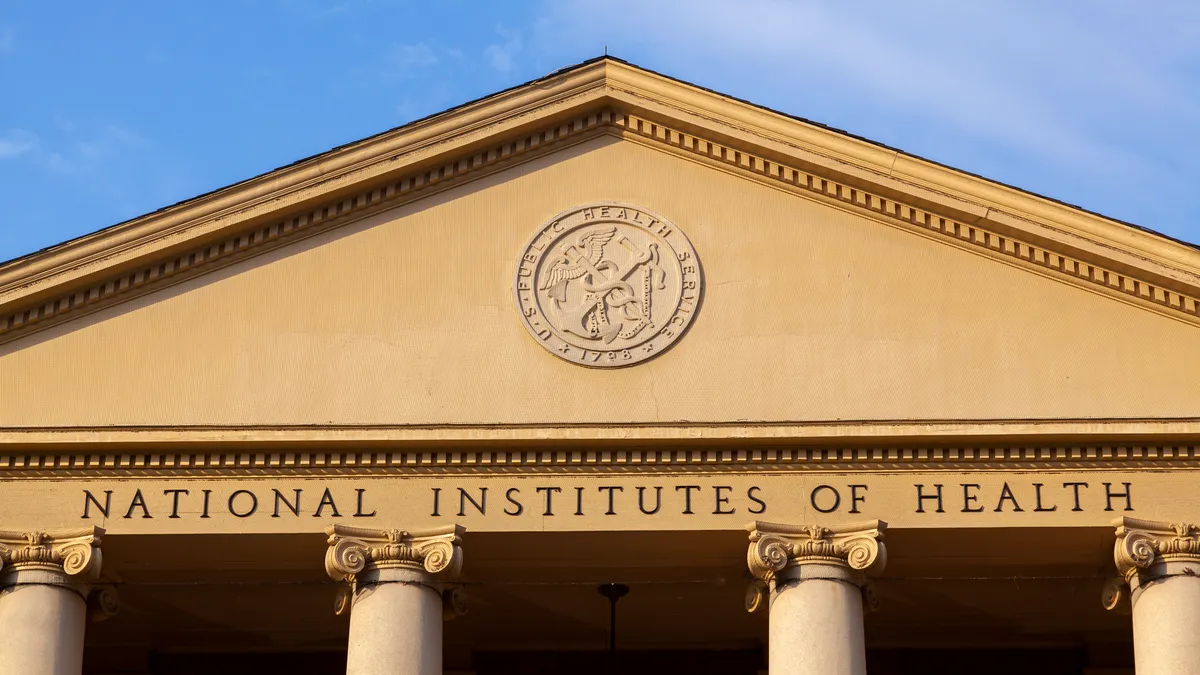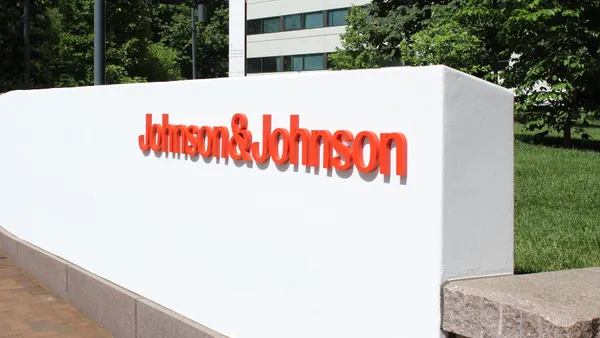The 2017 approval of Luxturna, the first gene therapy for an inherited eye disease, invigorated an industry seeking validation for new targets in eye health. But where would it go from there?
Today, an active and growing pipeline in eye disease features investigational treatments from small molecules to gene therapies. Targets include not only rare genetic retinal disorders, but also leading causes of vision impairment and blindness, such as diabetic retinopathy and age-related macular degeneration.
While eye diseases were once primarily the domain of smaller biotechs, Big Pharma has now brought its own deep pockets to drug R&D. Bigwigs like AbbVie, Eli Lilly, Sanofi, Roche and Regeneron are now developing their own eye disease candidates, some acquired or licensed through recent dealmaking.
In November, MeiraGTx Holdings, a genetic medicines company, announced an ophthalmology collaboration with Lilly that will grant Lilly rights to its AAV-AIPL1 gene therapy program for the rare disease Leber congenital amaurosis 4. The drug showed early evidence of improved vision in children under age 4 who were born legally blind.
The burgeoning research landscape is giving patients, once told their only option would be learning to navigate the world with a cane, hope of slowing or even reversing vision loss. But as with many disease areas, the industry still needs to overcome scientific and cost-related challenges to get big-ticket, one-and-done genetic treatments to patients.
Slow-moving research
Although Luxturna energized the industry, the search for other gene therapies hasn’t progressed as quickly. Not all conditions are as scientifically straightforward as the RPE65 gene targeted by Luxturna, said Dr. Benjamin Bakall, director of clinical research for the Inherited Retinal Disease and Visual Function Clinic at Associated Retinal Consultants.
“It's been slow,” he said. “We haven't had any other gene therapies approved since then, but there are some that I would say are close.”
One of those on the cusp is Beacon Therapeutics, which is developing the gene therapy treatment laru-zova, in a phase 2/3 registrational trial in X-linked retinitis pigmentosa. The rare condition, which is passed on by the mother and predominantly affects male children, causes progressive vision loss over time and often legal blindness by middle age.
In a phase 2 trial, the treatment, which addresses damage to light-sensitive cells in the retina, improved patients’ ability to see in low light and improved retinal function.
Another treatment that may be available next year is a gene-agnostic treatment from Nanoscope Therapeutics, Dr. Bakall said. MCO-010, a one-time eye injection, could be effective across all types of retinitis pigmentosa because it’s designed to work regardless of the underlying cause. The eye disease is influenced by 100 genes and 1,000 mutations, which has historically made it difficult to target.
While restoration of normal vision is the ultimate goal, even incremental progress is still valuable.
“For me, as a treating retina specialist, we know that these are neurodegenerative, slowly progressive conditions,” he said. “If I can slow it down, I think that's a huge win.”
Targeting common vision diseases
While many of the treatments for inherited retinal disorders target small populations, more widespread conditions like macular degeneration and diabetic retinopathy are driving increased investment, Dr. Bakall said. These diseases affect millions, making them highly appealing markets.
More durable and convenient treatments for these conditions are the subject of multiple clinical trials.
Regenxbio, in partnership with AbbVie, is advancing the phase 3 gene therapy candidate ABBV-RGX-314, a one-time treatment for patients with wet macular degeneration, a type characterized by abnormal blood vessel formation and accelerated vision loss. Current treatments require regular eye injections every four to eight weeks.
AbbVie isn’t the only pharma giant in the mix. Lilly moved to acquire Adverum Biotechnologies and its single dose late-stage wet macular degeneration gene therapy, while Sanofi received FDA fast track designation for its macular degeneration gene therapy SAR446597 in July. If these products are successful, they could significantly reduce the treatment burden on patients.
Dry macular degeneration, marked by a thinning of the central part of the retina, is also getting some R&D attention. Belite Bio is in phase 3 with tinlarebant, a once-daily oral therapy aimed at the most advanced form of the disease, called geographic atrophy.
Stealth BioTherapeutics is also in phase 3 with elamipretide, a peptide compound.
In diabetic retinopathy, there’s 4DMT’s drug 4D-150 to treat a complication called diabetic macular edema. AbbVie and Regenxbio are bringing their gene therapy to the table here as well.
Over the next five to 10 years, Dr. Bakall predicts eye research will remain robust and give patients new options.
“It’s going to be a big shake-up in the landscape,” he said.
But the pace of innovation will also bring new financial and logistical challenges. For doctors treating patients, these new tools could raise tough questions.
Patients may prefer treatments that enhance convenience, but they will come at a high cost. Finding a balance between effective, lower-cost therapies and more appealing, expensive options, he said, will be a major challenge in the years ahead.
“There’s always a battle between costs and efficacy,” Dr. Bakall said.


















